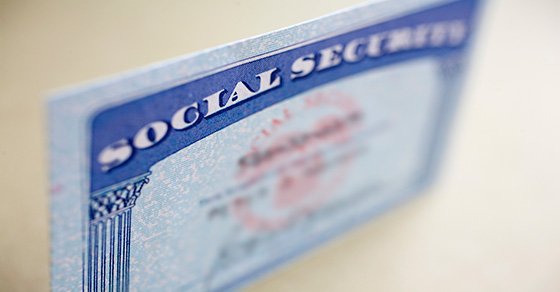What To Do If Your Business Receives An SSA “No-Match” Letter
 In the past few months, many businesses and employers nationwide have received “no-match” letters from the Social Security Administration (SSA). The purpose of a SSA no match letter is to alert employers if there’s a discrepancy between the agency’s files and data reported on W-2 forms, which are given to employees and filed with the IRS. Specifically, they point out that an employee’s name and Social Security number (SSN) don’t match the government’s records.
In the past few months, many businesses and employers nationwide have received “no-match” letters from the Social Security Administration (SSA). The purpose of a SSA no match letter is to alert employers if there’s a discrepancy between the agency’s files and data reported on W-2 forms, which are given to employees and filed with the IRS. Specifically, they point out that an employee’s name and Social Security number (SSN) don’t match the government’s records.
The purpose of an SSA no-match letter is to properly post employees’ earnings to the correct records. Providing these letters will advise employers that for the necessary corrections. If a person’s earnings are missing, the worker may not qualify for all of the Social Security benefits he or she is entitled to, or the benefit received may be incorrect. The no-match letters began going out in the spring of 2019.
Why Discrepancies Occur
There are a number of reasons why names and SSNs don’t match. They include typographical errors when inputting numbers and name changes due to marriage or divorce. And, of course, employees could intentionally give the wrong information to employers, as is sometimes the case with undocumented workers.
Some lawmakers, including Democrats on the U.S. House Ways and Means Committee, have expressed opposition to no-match letters. In a letter to the SSA Commissioner, they wrote that, under
“the current immigration enforcement climate,” employers might “mistakenly believe that the no-match letter indicates that workers lack immigration status and will fire these workers — even those who can legally work in the United States.”
How to Proceed with the SSA No Match Letter
Did you you receive an SSA no-match letter, identifying a mismatch to an employee’s name and SSN with the IRS’ records? If so, the SSA gives the following advice:
- Check to see if your information matches the name and SSN on the employee’s Social Security card. If it doesn’t, ask the employee to provide you with the exact information as it is shown on the card.
- Does the information match the employee’s card? If so, ask your employee to check with the local Social Security office to resolve the issue.
- After resolving the issue, the employee should inform you of any changes.
The SSA notes that the IRS is responsible for any penalties relating to the W-2 forms that have incorrect information. If you have questions, contact us or check out these frequently asked questions from the SSA.
